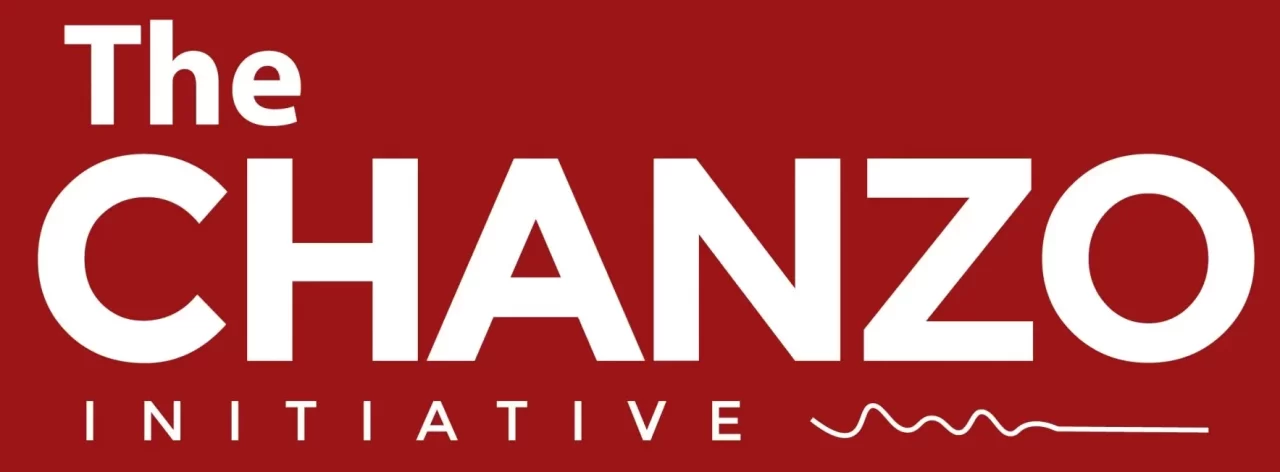Dar es Salaam. The International Development Association (IDA), part of the World Bank Group, has issued Tanzania a US$200 million, or Sh516 billion, loan to finance the construction of the existing meter-gauge railway segment from Dar es Salaam to Isaka.
In a statement on Friday, the World Bank said the financing for the second phase of the Tanzania Intermodal and Rail Development Project (TIRP-2) will improve safety, climate resilience, and operational efficiency along this railway segment.
Apart from strengthening infrastructure and supporting transport studies, the project components are also focused on strengthening the climate resilience of the Kilosa-Gulwe-Igandu section, providing operational and institutional support, and supporting the emergency response.
The project is expected to directly benefit nearly 900,000 people and indirectly impact an estimated 3.5 million, roughly five per cent of Tanzania’s population. This includes railway users, residents along the line, businesses involved in trade, and communities along the Kinywasungwe catchment area.
Nathan Belete, World Bank Country Director, said in a statement that while Tanzania’s transportation network is extensive, there are persistent bottlenecks in maintenance and capacity limiting its full use.
READ MORE: World Bank Issues Tanzania With Sh127.7 Billion Loan to Improve Revenue Management
“This investment will directly address the bottlenecks in the rail network to enhance efficiency, capacity, and competitiveness,” he said. “[This will] maximise Tanzania’s unique position to facilitate regional connectivity.”
According to the World Bank, two operational railway systems in the country currently cover 3,682 km.
These include the Tanzania railway (2,707 km), which is a meter gauge railway (MGR) under the Tanzania Railway Corporation, and the Tanzania-Zambia railway line (975 km), in addition to a cape gauge railway (CGR) system under the Tanzania-Zambia Railway Authority (TAZARA).
A third system, which entails a standard gauge railway (SGR) along the Central Corridor, is being built in phases.
TIRP-2 builds on phase one of the IDA-financed Tanzania Intermodal and Rail Development Project (TIRP-1), which closed in September 2022. TIRP-1 supported the government in improving the MGR railway section between Dar es Salaam and Isaka (970 km).
READ MORE: World Bank Warns of High Population Growth, Urges Multisectoral Approach
This included rehabilitating tracks and bridges, which helped increase the axle load capacity from 13.9 tons to 18.5 tons for the section between Dar es Salaam and Tabora (840 km) and completing designs to rehabilitate the intermodal terminals at the Dar es Salaam port, Ilala, and Isaka.
TIRP-1 also facilitated the acquisition of additional rolling stock for TRC and contributed to developing economic and safety regulations for open-access train operations.
“The new project will invest in climate-informed infrastructure, adapt the corridor to natural disasters, and mainstream climate resilience,” said Yonas Mchomvu, World Bank Senior Transport Specialist and Task Team Leader.
“Overall, the investment will improve incentives for the private sector to drive economic growth and generate wider economic benefits and greater efficiency,” he added.





One Response
We need tremendous efforts to revolutionize our railway network
Too much delay will make our customers to run away to other corridors that brings together cost efficient and Good Railway infrastructure